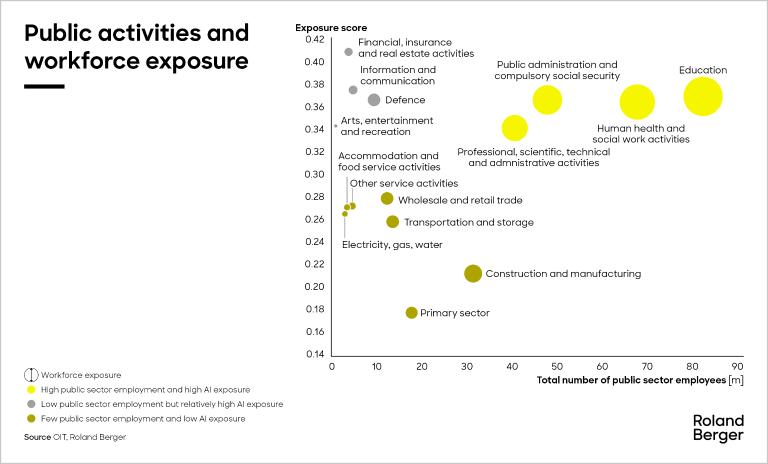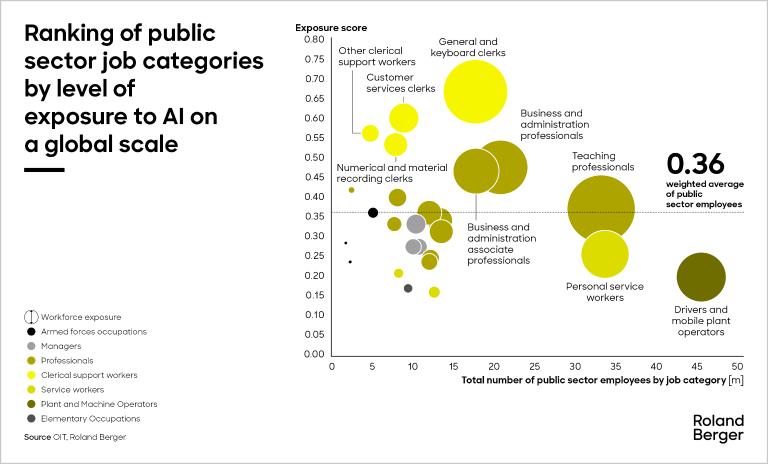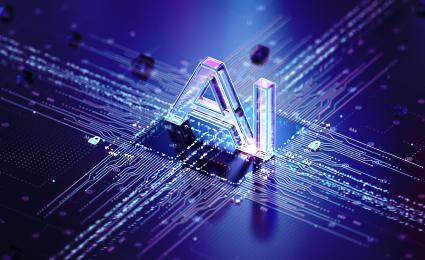Explore AI's profound impact on society with insights from VivaTech 2024's The Good Hack—highlighting benefits, risks, and need for ethical AI regulation.


The public sector in the age of Gen AI
How will jobs and services be impacted?
Gen AI will change the way public services are delivered
Evaluating how Gen AI will affect public sector professions is an important step to understand how Gen AI will change the way every citizen interacts with its administration.
The range of activities poised for significant transformation includes health, social security, education and public administration in direct interaction with the citizens and/or in need of strong expertise. This result gives us a glance at what the future holds for public services: augmented doctors, augmented teachers, streamlined and simplified administrative processes and better management of complex administrative cases.

How to assess the impact of Gen AI on public employment?
Evaluating the impact of Gen AI is still largely speculative, as the technology is rapidly evolving and the use cases are enriched almost every day. Nonetheless, some methods exist to accurately evaluate Gen AI’s impact on employment. One of them involved analyzing each job to determine, task by task, the level of exposure and the potential of modification.
The ILO formalized this method to determine if a job has a potential for augmentation, which means the job is enriched with new Gen AI-features and automation, which means the job is almost totally performed by Gen AI.
The initial result of this analysis is that a considerable portion (64 %) of public employment will not—or only minimally—be impacted by Gen AI. These include occupations with numerous manual and craft tasks, particularly in utilities and waste management, which cannot yet be enhanced or automated by Gen AI.

Qualification level is the main differentiator
The impact of Gen AI on public employment varies significantly based on qualification levels, with tertiary and office-based professions being the most exposed. The ILO methodology assesses exposure by evaluating the average level of task automation and its variability within job categories.
Jobs with high exposure and low variability are likely to be fully automated, affecting roles like general clerks and numerical recording clerks, potentially impacting 23 million jobs in these categories alone. Overall, Gen AI could automate 7.45% of global public sector jobs, totaling 26 million positions.
Conversely, augmentation is expected in professions involving business administration, teaching, and public service delivery. Gen AI will assist in tasks like financial analysis, lesson preparation, and predictive security, without replacing core human responsibilities. Medical and military sectors will also benefit from AI-driven enhancements, such as disease prediction and simulated training environments. Globally, around 77 million public sector jobs, or 22%, could be significantly augmented by Gen AI.

General panorama
The impact of Gen AI on public sector employment varies by country due to differences in employment structures. Regions like Europe, Australia, Japan, and the US are expected to experience a higher impact, while Africa, Central and Southern Asia, and South America are likely to see a lower impact.
For more information, register now to access the full publication and delve into the impact of Gen AI in the public sector. To gain valuable insights and stay ahead of the curve, connect with our experts.
Register now to access the full study and explore AI's impact on public sector jobs. Furthermore, you get regular news and updates directly in your inbox.






